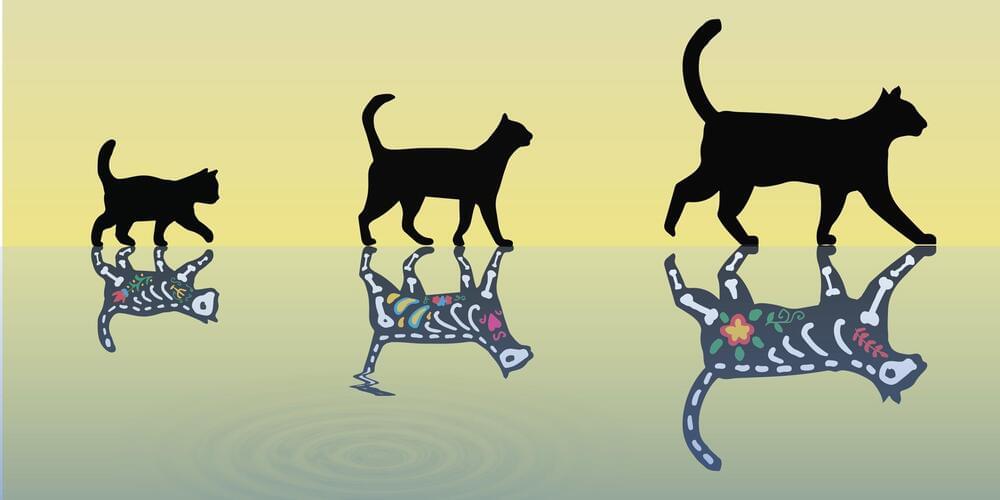Even if you are not a quantum physicist, you will most likely have heard of Schrödinger’s famous cat. Erwin Schrödinger came up with the feline that can be alive and dead at the same time in a thought experiment in 1935. The obvious contradiction—after all, in everyday life we only ever see cats that are either alive or dead—has prompted scientists to try to realize analogous situations in the laboratory. So far, they have managed to do so using, for instance, atoms or molecules in quantum mechanical superposition states of being in two places at the same time.
At ETH, a team of researchers led by Yiwen Chu, professor at the Laboratory for Solid State Physics, has now created a substantially heavier Schrödinger cat by putting a small crystal into a superposition of two oscillation states. Their results, which have been published this week in the journal Science, could lead to more robust quantum bits and shed light on the mystery of why quantum superpositions are not observed in the macroscopic world.
In Schrödinger’s original thought experiment, a cat is locked up inside a metal box together with a radioactive substance, a Geiger counter and a flask of poison. In a certain time-frame—an hour, say—an atom in the substance may or may not decay through a quantum mechanical process with a certain probability, and the decay products might cause the Geiger counter to go off and trigger a mechanism that smashes the flask containing the poison, which would eventually kill the cat.









Comments are closed.